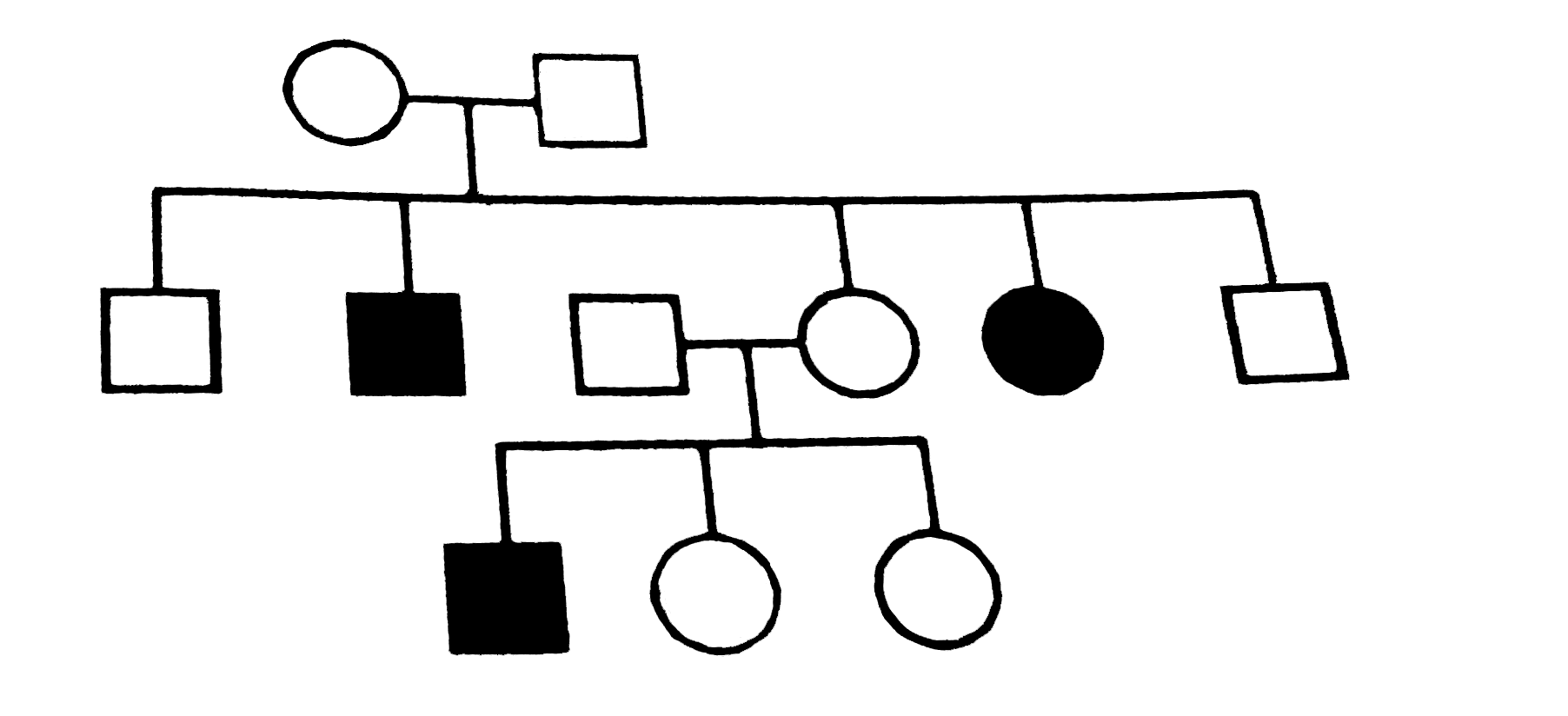Sickle cell anaemia is an example of
Epistasis
Codominance
Pleiotropy
Incomplete dominance
The correct Answer is:C
Step-by-Step Solution:
1. Identify the Condition: Sickle cell anemia is a genetic disorder that affects the shape of red blood cells.
2. Understand the Inheritance: It is an inherited disorder, meaning it is passed down from parents to offspring through genes.
3. Recognize the Affected Cells: The primary cells affected in sickle cell anemia are red blood cells (RBCs). In this condition, the RBCs take on a sickle or crescent shape instead of the normal disc shape.
4. Determine the Cause: The abnormal shape of the RBCs in sickle cell anemia is caused by a mutation in the gene that encodes for hemoglobin, the protein in red blood cells that carries oxygen.
5. Identify the Type of Genetic Phenomenon: Sickle cell anemia is an example of pleiotropy. Pleiotropy occurs when a single gene influences multiple phenotypic traits. In the case of sickle cell anemia, the mutation affects not only the shape of the red blood cells but also leads to various complications such as pain, anemia, and increased risk of infections.
6. Distinguish from Other Genetic Concepts: Other options like epistasis, co-dominance, and incomplete dominance do not accurately describe sickle cell anemia:
- Epistasis involves one gene suppressing the effect of another gene.
- Co-dominance refers to both alleles in a heterozygote being fully expressed.
- Incomplete dominance results in a blending of traits, producing a new phenotype.
7. Conclusion: Therefore, sickle cell anemia is best classified as an example of pleiotropy.
- Epistasis involves one gene suppressing the effect of another gene.
- Co-dominance refers to both alleles in a heterozygote being fully expressed.
- Incomplete dominance results in a blending of traits, producing a new phenotype.
Topper's Solved these Questions
- PRINCIPLES OF INHERITANCE AND VARIATIONBOOK - AAKASH SERIESCHAPTER - PRINCIPLES OF INHERITANCE AND VARIATIONEXERCISE - EXERCISE-I (Sex determination & Genetic Disorders)
44 Videos
- PRINCIPLES OF INHERITANCE AND VARIATIONBOOK - AAKASH SERIESCHAPTER - PRINCIPLES OF INHERITANCE AND VARIATIONEXERCISE - EXERCISE -II
70 Videos
- PRINCIPLES OF INHERITANCE AND VARIATIONBOOK - AAKASH SERIESCHAPTER - PRINCIPLES OF INHERITANCE AND VARIATIONEXERCISE - EXERCISE -III (Previous AIPMT /NEET Questions)
37 Videos
- PRINCIPLES AND PROCESSES BOOK - AAKASH SERIESCHAPTER - PRINCIPLES AND PROCESSES EXERCISE - Exercise - III (Previous AIPMT/NEET Questions)
26 Videos
- RESPIRATION IN PLANTSBOOK - AAKASH SERIESCHAPTER - RESPIRATION IN PLANTSEXERCISE - Exercise - III
9 Videos
Similar Questions
Sickle cell anemia is an example of
View SolutionSickle cell anemia is
View SolutionSickle cell anemia is
View SolutionSickle cell anaemia is due to
View SolutionIn sickle cell anaemia-
View SolutionGenetic disorder Sickle cell anaemia is due to : -
View SolutionSickle-cell anaemia is caused due to the substitution of :
View SolutionGiven below is the pedigree of sickle cell anaemia, in a family

In this the RBC both parents will be -
View SolutionSickle cell anaemia is induced by :
View SolutionSickle cell anaemia follows the same inheritance pattern as that haemophilia.
View Solution
